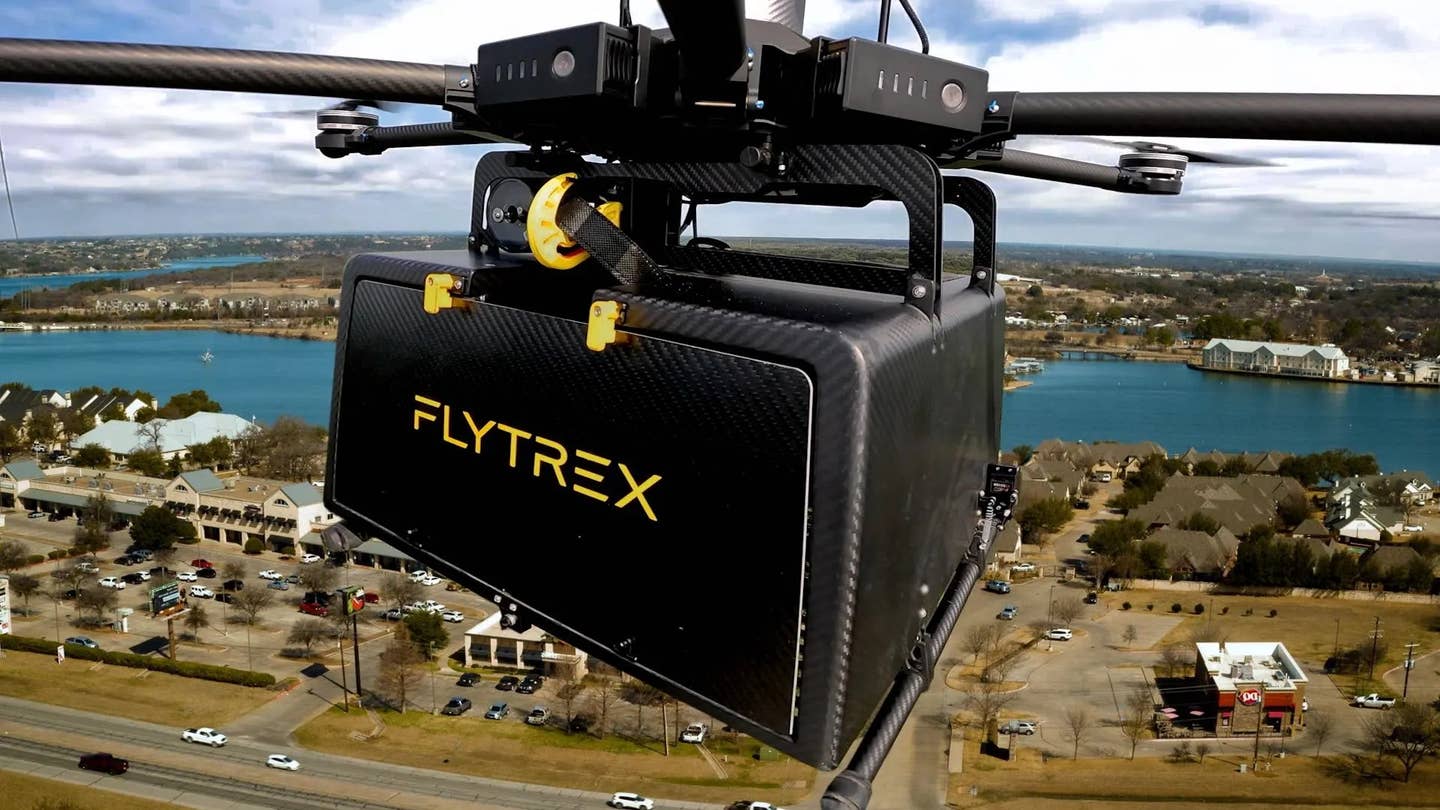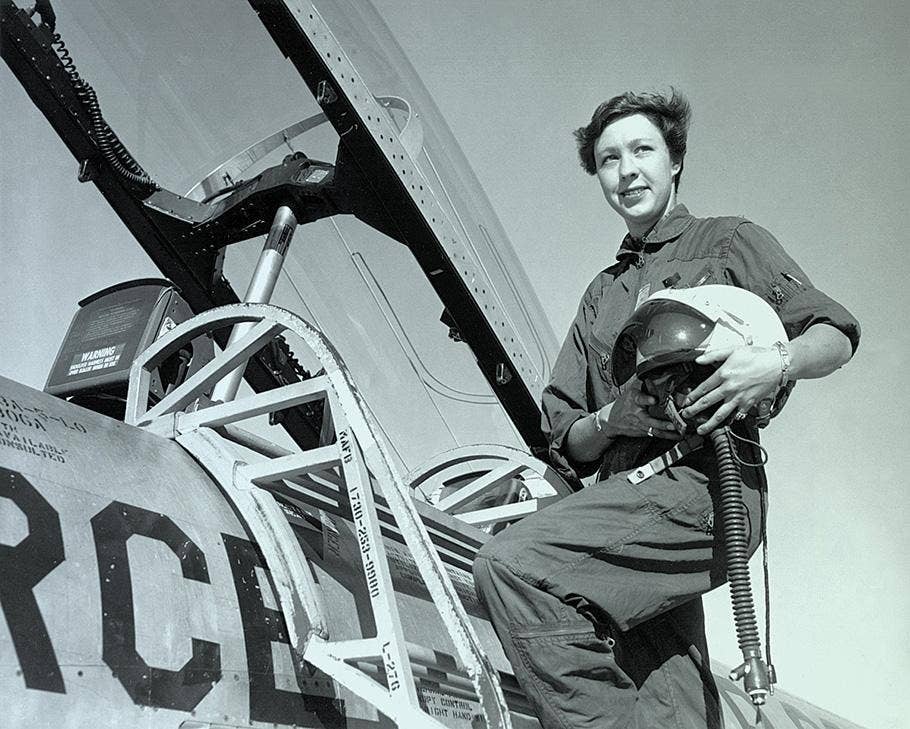Axis Unveils Three-in-One Flight Simulator
The company says its new AX-D Flex solution is the first ‘roll-on, roll-off’ simulator with front loading.

Using a front-loading mechanism, the AX-D Flex simulator can switch out cockpits in two hours or less, Axis says. [Courtesy: Axis Flight Simulation]
Austria-based Axis Flight Simulation on Tuesday unveiled what it bills as a first-of-its-kind flight simulator.
The company introduced its latest flight simulator technology, AX-D Flex: a “roll-on, roll-off” solution designed to train pilots on multiple aircraft, from business jets to midsize airliners, within a single mothership. Each simulation bay can accommodate up to three different cockpits, which can be swapped out in two hours or less, the company says.
Roll-on, roll-off flight simulators—which allow pilots to train on a variety of aircraft within a single system—are uncommon, but not unheard of. CAE and GlobalSim, for example, sell systems billed as roll-on, roll-off.
However, Axis says its solution is the first such simulator with a front-loading mechanism, which makes it simpler to switch between cockpits. The nonsimulated area, where the instructor and observer sit, stays in the simulator.
“Training providers are typically required to install specific simulators for different aircraft types,” said Christian Theuermann, member of the Axis executive board. “The launch of AX-D Flex will redefine the landscape of flight simulation, offering a cost-effective solution that allows pilots to train a variety of different aircraft types.”
According to Axis, AX-D Flex enables software-based avionics simulation using commercial off-the-shelf components that are “OEM-quality” and is designed to reduce maintenance costs and pilot downtime.
The mothership houses AX-D Flex’s basic structures, including the core motion and visual display systems. Accompanying it are “swap units” comprising a cockpit module and base frame, which contains computers and other technical devices.
With the front-loading system—which uses a stationary forklift—the swap units, including larger cockpits, can be lifted from the mothership and replaced with new modules. A pilot could go from simulating a business jet like the Bombardier Challenger 300 to a midsize airliner such as the Boeing 737 Max within two hours.
The simulator interior’s track-mounted seats can be repositioned according to the cockpit being loaded in. The transition requires a maximum of two technicians, Axis says.
“Our hardware team has extensive experience in designing components that exceed industry standards,” said Helmut Haslberger, director of hardware development and production management for Axis. “Through our precision control and electrical systems, we’ve designed a seamless lifting mechanism to allow smooth transitions between cockpits.”
The U.S. military also has an interest in multipurpose simulators. The Defense Advanced Research Projects Agency (DARPA), for example, has modified an F-16 into an AI-controlled test aircraft that can simulate the conditions of other aircraft while flying. U.S. Air Force Secretary Frank Kendall earlier this month said he would get in the cockpit of the self-flying airplane.
Like this story? We think you'll also like the Future of FLYING newsletter sent every Thursday afternoon. Sign up now.

Subscribe to Our Newsletter
Get the latest FLYING stories delivered directly to your inbox






